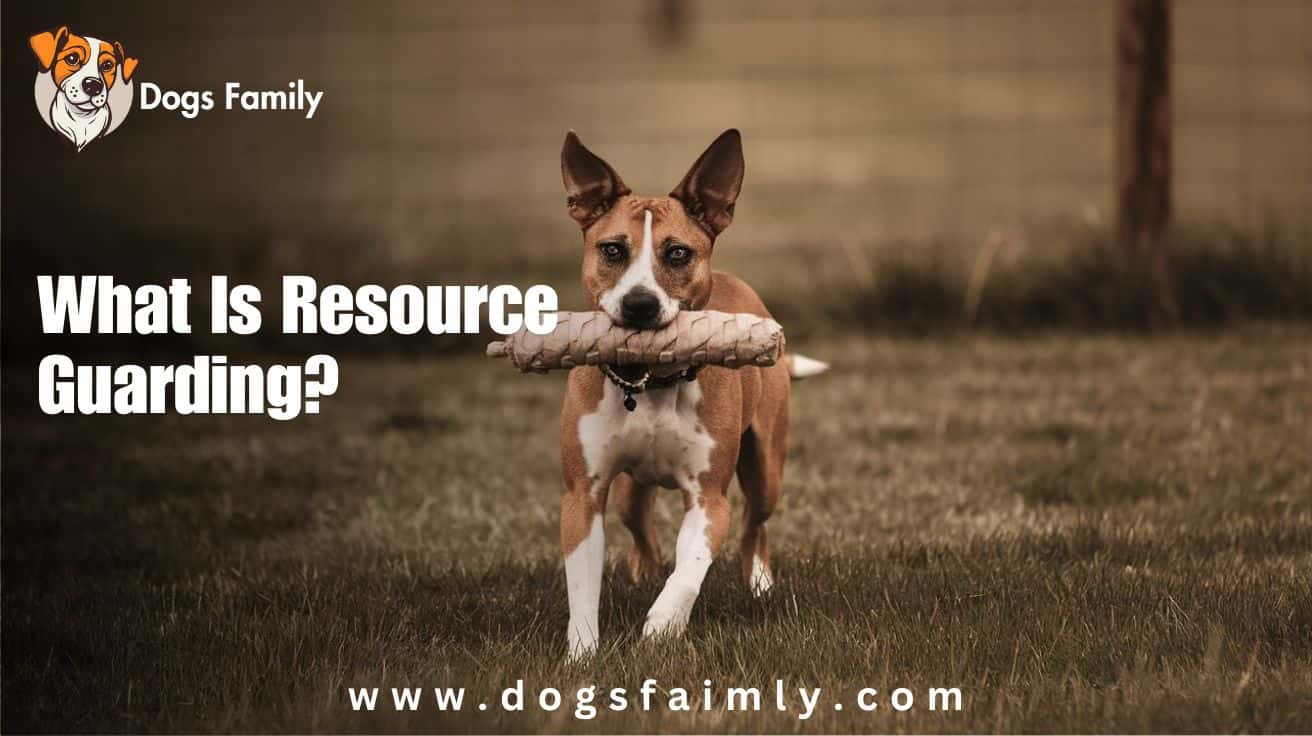
Introduction
What Is Resource Guarding? When it comes to our furry friends, understanding their behaviors is crucial for creating a harmonious home. One common behavior that can sometimes raise concern is resource guarding. But what exactly does this term mean, and how can you address it if your dog exhibits this behavior? In this article, we’ll explore resource guarding, its causes, and how to manage it effectively.
Understanding Resource Guarding
Resource guarding is a behavior where a dog feels the need to protect certain items, such as food, toys, or even people, from perceived threats. This can manifest in various ways, including growling, snapping, or even aggressive behavior when someone approaches their prized possession.
Anecdote: For instance, my friend Sarah has a lovable Golden Retriever named Max. One day, while playing fetch, Max suddenly became protective over his favorite ball, growling when Sarah tried to take it away. This moment sparked a conversation about resource guarding and how it can affect the bond between a dog and its owner.
Why Do Dogs Guard Resources?
Resource guarding is rooted in a dog’s instinctual behavior. In the wild, dogs and their ancestors had to compete for limited resources, and guarding food, toys, or territory was essential for survival. This instinct can still be present in domesticated dogs, leading them to feel threatened by the presence of other pets or people around their valued items.
Some common reasons for resource guarding include:
- Fear of Loss: Dogs may guard resources because they fear losing them. This fear can stem from a history of being deprived or from negative experiences.
- Past Experiences: A dog that has experienced competition for food or toys may be more prone to guarding behaviors.
- Genetics: Some breeds may have a stronger instinct to guard resources due to their lineage, particularly breeds that were historically used for herding or protection.
Identifying Resource Guarding Behavior
Recognizing the signs of resource guarding is the first step toward addressing it. Here are some common behaviors to watch for:
- Growling: This is often the first warning sign that your dog is feeling threatened.
- Snapping or Biting: If a dog feels cornered, it may resort to snapping or biting to protect its resource.
- Stiff Body Language: A dog may become tense, raise its hackles, or fixate on the resource.
- Avoidance: Some dogs may move away or hide their resources when approached.
If you notice these behaviors, it’s important to address them promptly and safely.
Step-by-Step Guide to Managing Resource Guarding
If your dog exhibits resource guarding, here’s a step-by-step guide to help you manage the behavior effectively:
Step 1: Stay Calm
When addressing resource guarding, it’s crucial to remain calm and avoid punishing your dog. Punishment can increase fear and exacerbate the behavior. Instead, approach the situation with understanding and patience.
Step 2: Identify the Triggers
Determine what specific resources your dog is guarding. Is it food, toys, or perhaps a specific resting spot? Observing your dog’s behavior can help you identify these triggers.
Step 3: Gradual Desensitization
Once you identify the triggers, gradually desensitize your dog to the presence of people or other pets near their resources. For example, if your dog guards its food bowl, start by standing a distance away while your dog eats. Gradually decrease the distance over time, rewarding your dog with treats for remaining calm.
Step 4: Use Positive Reinforcement
Encourage positive associations with resource-sharing by using treats and praise. For instance, toss treats near your dog while it’s playing with a toy or eating. This helps them associate your presence with positive experiences rather than a threat.
Step 5: Teach “Leave It” and “Drop It” Commands
Teaching your dog commands like “leave it” or “drop it” can help establish boundaries and improve their willingness to share resources. Start by practicing with low-value items, gradually progressing to higher-value ones as your dog becomes more comfortable.
Step 6: Consult a Professional Trainer
If resource guarding persists or escalates, consider consulting a professional dog trainer or behaviorist. They can provide tailored guidance and strategies to help manage the behavior effectively.
Preventing Resource Guarding
Prevention is key to avoiding resource guarding behaviors. Here are some tips to keep in mind:
- Early Socialization: Expose your dog to various environments, people, and other pets at a young age to build confidence and reduce anxiety.
- Controlled Feeding: Use controlled feeding practices by placing your dog’s food bowl down only during mealtime and removing it afterward. This helps them understand that resources are not constantly available.
- Supervised Playtime: When introducing new toys or treats, supervise playtime to ensure your dog feels secure and is less likely to guard.
Conclusion
In summary, resource guarding is a natural behavior rooted in a dog’s instincts. Understanding this behavior and addressing it calmly and effectively can help improve your relationship with your dog. By following the steps outlined in this article, you can create a more harmonious environment for both you and your furry friend. Remember, every dog is unique, and with patience and proper training, you can help them feel secure enough to share their resources without fear.
Hyperlinks:







